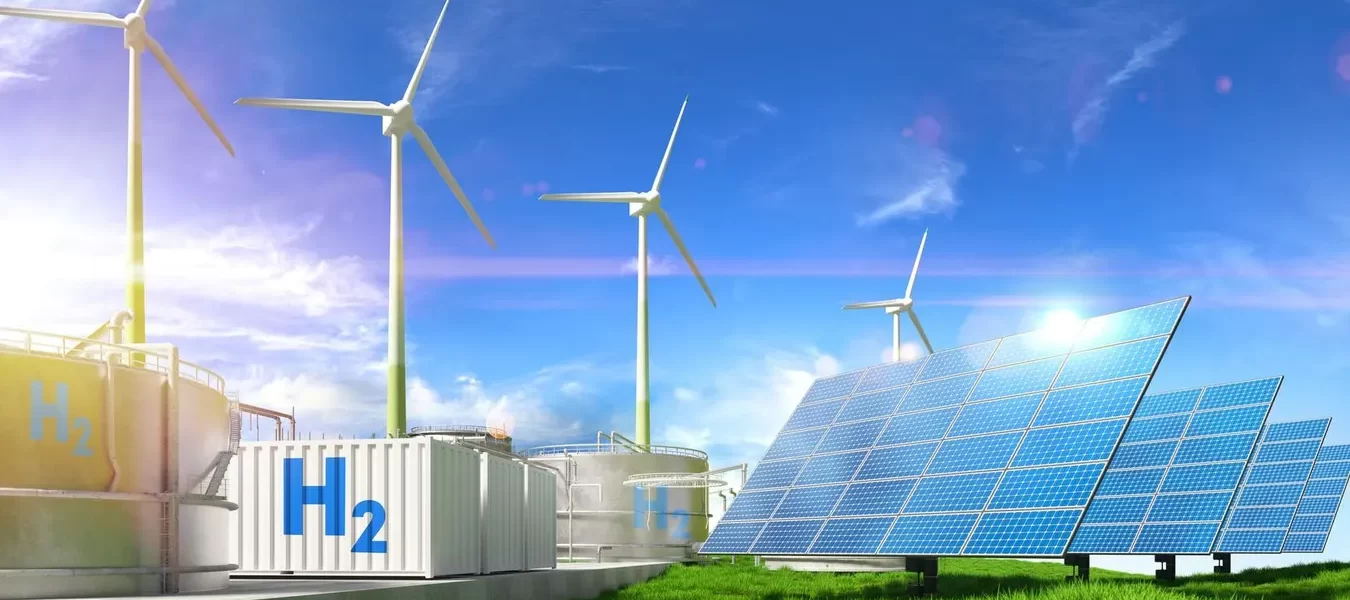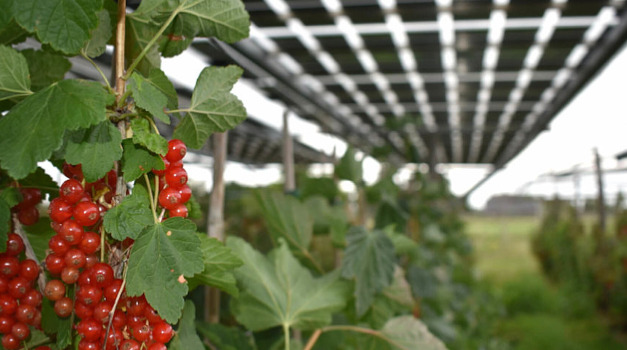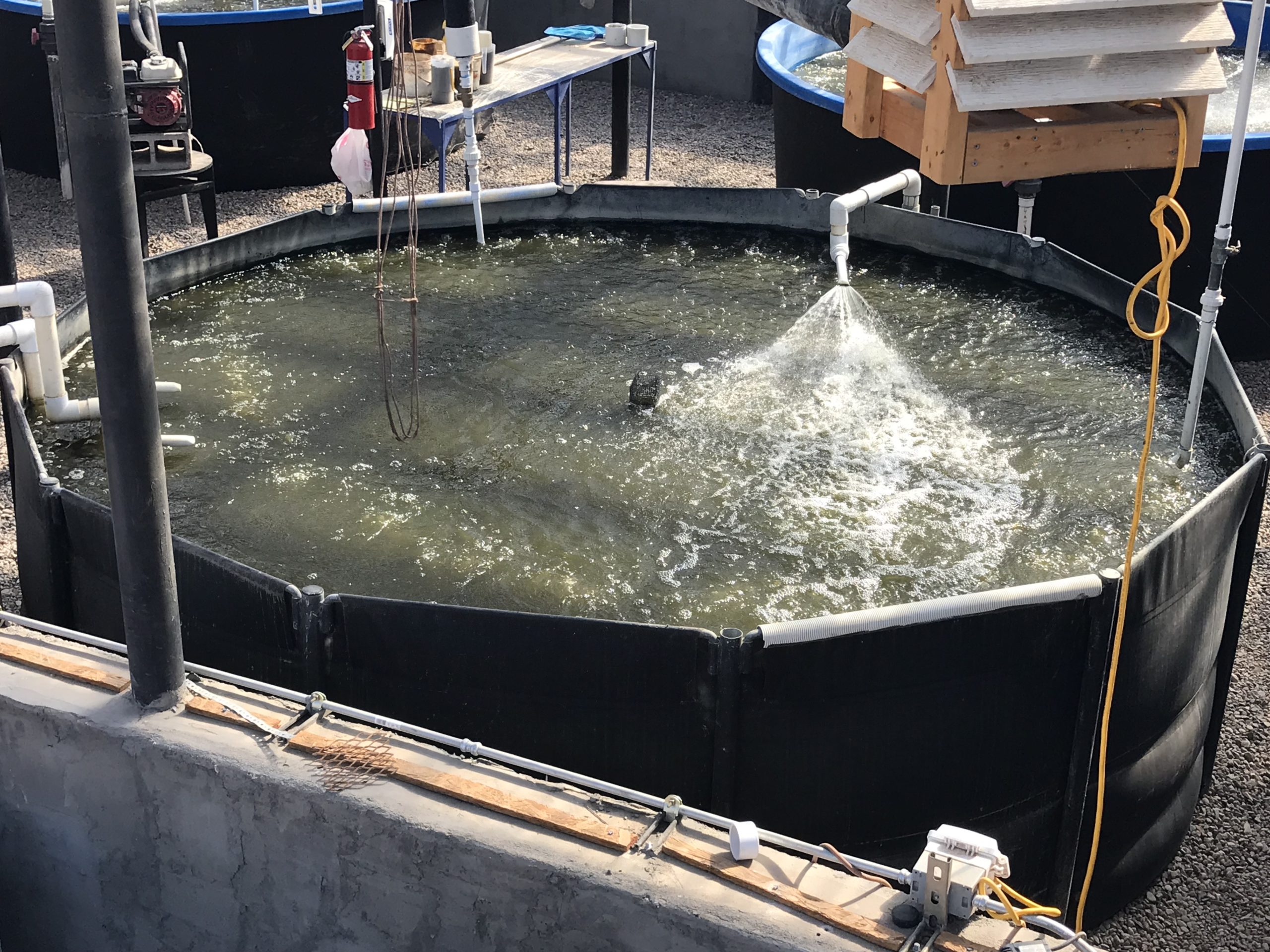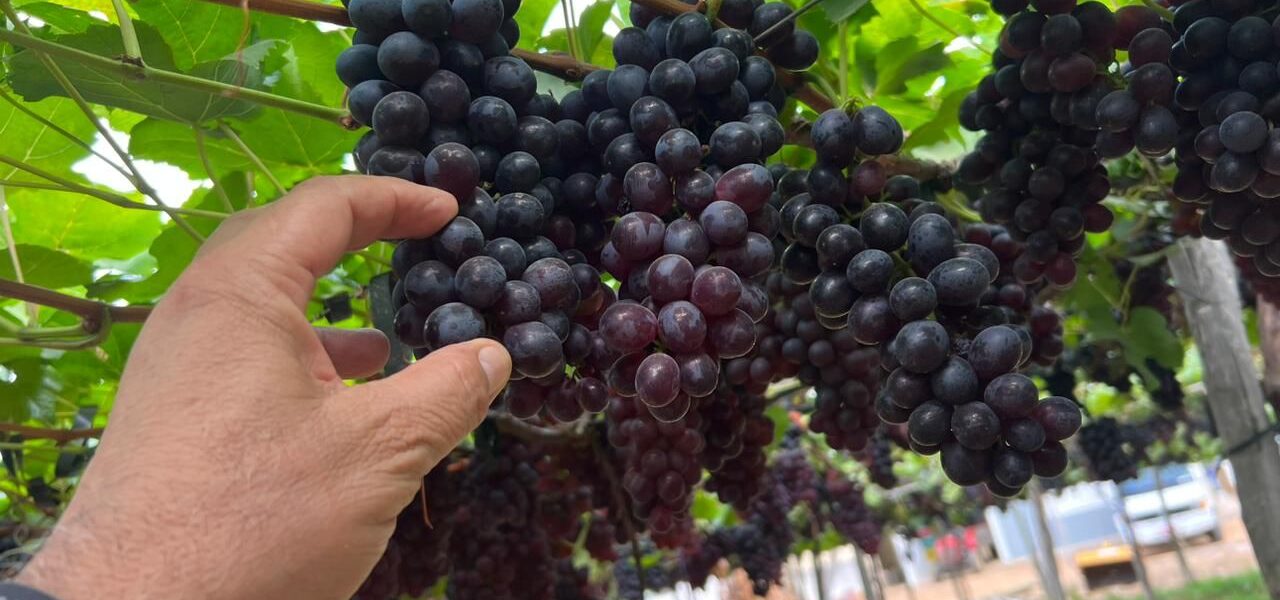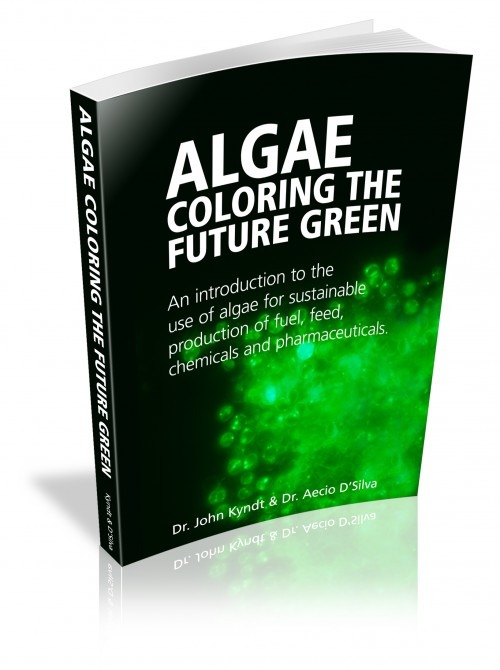The Resilience Factor: Succeeding Despite Failures
The Thin Line Between Perseverance and Surrender
Prof. Aécio D’Silva, Ph.D
Success is not just about winning; it’s about rising every time we fall. This Collaborative Intelligence post explores the reasons why some people achieve success after numerous failures, while others struggle to bounce back.
Success – The road to success is often paved with failures. While some individuals manage to turn their setbacks into comebacks, others find themselves unable to do so. What differentiates those who succeed from those who remain ensnared by their failures?

